Abstract:
As novel anti-obesity medications (AOMs) like semaglutide and tirzepatide become more widely available, employers face increasing costs associated with these highly effective treatments. For example, the State of North Carolina recently ended coverage for GLP-1 medications, citing annual costs exceeding $160 million, projected to rise over $300 million. To address this, the State of Connecticut partnered with FlyteHealth to launch a pilot medical weight management program for state employees and retirees.
Methods: The program enrolled over 7,000 participants in its first year, including state employees and retirees. Phase I of the pilot focused on clinical care delivered by FlyteHealth’s obesity medicine experts.
Eligibility Criteria:
- Age 18+
- BMI ≥ 27 with a weight-related comorbidity or BMI ≥ 30
Visit Cadence:
- MD and NP appointments every 3 months
- Registered dietitian appointments every 3 months
Included Services:
Access to an app with evidence-based behavioral programs, diabetes and bariatric surgery support, food/activity tracking, and educational content
Remote monitoring with a cellular scale and blood pressure cuff
Results: Clinical data collected from July 1, 2023, to June 30, 2024, showed significant outcomes, particularly in weight loss and clinical markers:
- Weight Loss and Pharmacotherapy Impact:
GLP-1 group: Average total body weight loss (TBWL) of 16.9%, even among participants who were weight-reduced at enrollment.
Non-GLP-1 group: Achieved an average TBWL of 13.1%, indicating that effective alternatives to GLP-1 medications exist. - Obesity Class Improvement: Participants transitioned from Class II obesity (BMI 37.3 kg/m²) to Class I obesity (BMI 31.1 kg/m²), indicating a meaningful reduction in weight and risk of related health complications.
- Blood Pressure Improvement: Blood pressure decreased from Stage I hypertension (134/86) to normal levels (114/74) in many participants, with a high percentage initially having poorly controlled blood pressure.
- Biomarker Improvement: Significant improvements in clinical markers, including glycemic control and dyslipidemia, were observed in the cohort.
- Bariatric Surgery Subgroup: A subgroup analysis of participants who had undergone bariatric surgery showed excellent weight loss and health outcomes when combined with pharmacotherapy, as well as improvements in vitamin levels. Data from this analysis is ongoing.
Conclusion: Phase I results from the State of Connecticut’s weight management pilot program demonstrate the potential for comprehensive, evidence-based obesity treatment to improve both clinical outcomes and cost-effectiveness. The success of the program has piqued interest from other state health plans and stakeholders. This model emphasizes the importance of offering a broad spectrum of AOM options and highlights the ability to achieve cost containment and positive clinical outcomes without relying exclusively on GLP-1 medications. Additionally, it provides an opportunity for bariatric practices to integrate these approaches, collaborating with employers to create solutions that reduce costs, improve health outcomes, and expand access to care. This pilot program has now transitioned to a multi-year partnership, with ongoing data analysis.



